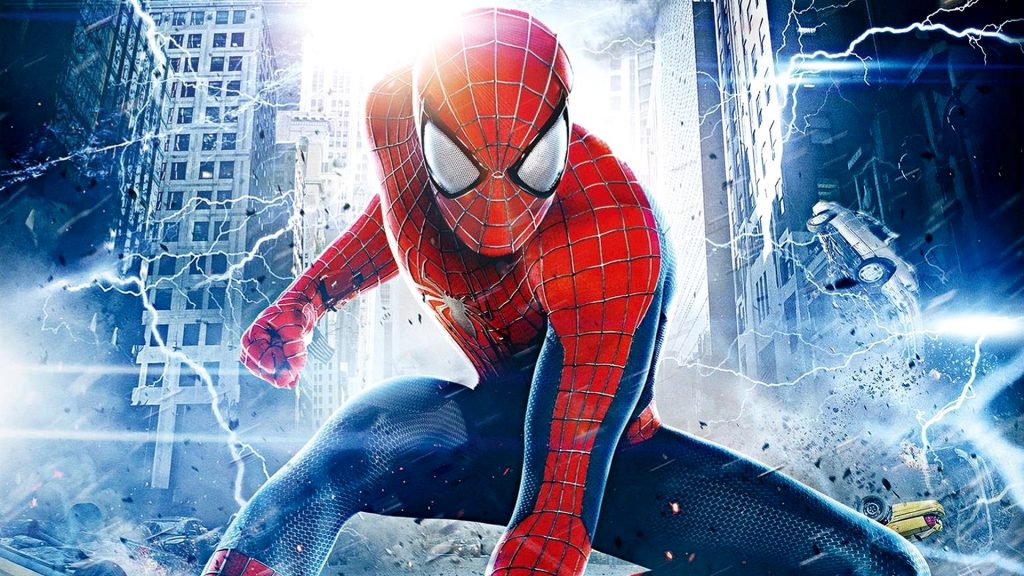The Mental Side of Cosplay: Understanding the Psychology Behind the Art of Costume Play
With Halloween right close at hand, everyone seems to be thinking about costumes on their mind. People who have been wearing jeans and T-shirts suddenly begin to take a look at vibrant caps, spandex, and corsets. They are looking to make an impression and appear to the world in a way that suggests that they are not.
Cosplayers, who costume themselves to portray characters from movies, TV, comics, and video games are happy to face the challenge of transforming during different times of the year.
Cosplayers can put in a lot of money, time, and effort in creating or designing unique head-to-toe displays. Certain designs incorporate intricate accessories, facial or body prosthetics, complicated electronic parts that work, or even working electronic parts. Other costumes make it more difficult for wearers to see and move. [ Comic Con Cosplay Photos of the Beautiful Costumes[ ]

What’s the thing that draws cosplayers to create so much imagination? Cosplayers and psychologists who study the phenomenon reveal the individual and communal characteristics that make dressing up so enticing and rewarding.
To love costumes
From October. 6 to 9 the 6th, thousands of cosplayers took part in New York Comic Con 2016 (NYCC) in costumes as superheroes and supervillains Jedi and Sith Ghostbusters, Starfleet officers, Hogwarts students and teachers, and many, different characters.
“Cosplay makes me feel happy,” Edgar Roldan, a cosplayer and NYCC participant has told Live Science recently.
Roldan who donned the furry blue suit with an over-sized head as well as a furry coat to portray Happy from “Fairy Tale”, (Del Rey Manga), said that the best part about cosplay was “just being you — being whatever and however you’d like.”
Some participants who attended NYCC reported that cosplay helped the participants to express their creative side, especially when they designed a good portion of their costumes. Live Science spoke with Joe Bokanoski, Mike Labarge, and Mike Labarge about how they created their costumes. They created post-apocalyptic versions of DC Comics’ Captain America (and his arch-nemesis, Red Skull) by searching for junkyards and flea markets.
Their outfits were large and bulky. However, they were enthusiastic about the outfits they wore and the appreciative reactions they provoked.
Bokanoski said, “It’s worthwhile just to bring smiles to people’s faces.”
Living life with a character
Robin S. Rosenberg, a psychologist at the University of California San Francisco says that cosplayers usually select a particular costume because it speaks to them personally.
Rosenberg, who has written numerous articles on how people interpret and embrace fictional characters, particularly superheroes, told Live Science that she became interested in studying cosplay after observing cosplayers at conventions where she was delivering talks.
“We are aware from the psychology of our world that we all have different roles through the week and throughout the day,” Rosenberg said. Different aspects of me — a ‘psychologist’ mother’, and ‘wife and mother’ are present in various situations. I was interested to know the way people could play a role as well as what happens when they do not dress in costumes.
Certain costumes offer some people a way of working through personal difficulties, Rosenberg said. Batman, for example, is an ideal costume choice for people struggling with trauma. Batman was a dark superhero who suffered a terrible trauma as an infant, witnessing the brutal murder of his parents that he was able to overcome to become a hero.
“When people dress as Batman people often discuss having experienced their traumas,” Rosenberg said. “He did not go through it but gained meaning and purpose from his experience. That’s what’s inspirational to them.”
Rosenberg noted that Wonder Woman is a well-loved and timeless option. This is because of her ability to compete in the male-dominated world of superheroes in costume. For those cosplayers, dressing as Wonder Woman is a way of celebrating and embracing her power, Rosenberg said.
A series of Instagram images featuring a three-year-old girl in a costume of Wonder Woman went viral recently. Her father, a photographer, said he not just “fulfilled my daughter’s wish of becoming Wonder Woman” by creating an elaborate costume but also created a photo shoot that put his daughter in scenes from the movie which will be released on June 2nd, 2017. Based on the expressions of the girl in the pictures she was completely enthralled by her new role as a superhero. [ DIY Halloween costumes: 7 Geeky costumes for any party]
Cosplay is the art of performance. Putting on a costume makes a visible display of the wearer’s devotion to a certain person or fandom. It also encourages people to meet the character to snap photos and converse. So it surprised Rosenberg to learn through her interactions with cosplayers, that many described them as introverts.
“When they dressed in costumes, they became much more socially outgoing,” Rosenberg said. She explained that in some cases, wearing a costume allows people to gain the confidence they didn’t know they had. It also helps people overcome their shyness in real life.
Rosenberg stated that costuming, especially cosplay, can allow you to become independent of yourself. “But on the other hand, it can summon something in you that doesn’t usually come out.”
The creation of a community
According to Michael Nguyen (a costuming columnist and cosplayer for Trekmovie.com) Costume play does not just confer power to people, but also helps to create the feeling of belonging. Live Science told Nguyen that “Star Trek” was his first introduction to cosplay. He discovered a vast network of people who were fascinated by Star Trek and the world they lived in by creating and wearing Star Trek costumes.

Nguyen stated that “Star Trek” is a story about unity and diversity. The show depicts the future many people desire to believe in.
He said, “They’re doctors, attorneys, and students in Ph.D. programs — just individuals who love to express themselves and what they would like the future to be.” It’s a great idea to have a cosplay. 10 Futuristic Technologies Star Trek’s Fans Would Love to See] Cosplayers come out of every sphere of existence.
In addition to cosplaying at conventions, Nguyen organizes bi-monthly social gatherings for “Star Trek” fans in New York City to get together and socialize dressed in costumes. The idea was first introduced in 2013. was started with five people. It expanded to include 50-60 people three years later. Nguyen talked about the relationships that he’s built over the years with friends living thousands of miles from him. They’ve been able to share the joy of “needing the hell out” over Science Fiction, and they have also inspired his creativity in cosplay.
“Costuming is more enjoyable if you’re doing it with people you know,” Nguyen told Live Science. “You can create your style and feel like part of a universe when you’re surrounded by people who love it as much as you do.”
NYCC cosplayers agreed. Live Science spoke with a woman who wore She-Ra: Princess of Power costume from the television show “Masters of the Universe”. She said that cosplay was her favorite part of being a cosplayer.
She added, “It doesn’t matter who or what your appearance is.” “It’s a community, it’s like a large family. Every year, I travel to and see people I’ve never even met. It’s great!”
Another person dressed as the character of a Hogwarts student in Harry Potter movies and books said she took part in a flash mob during NYCC. 75 people dressed in Potterverse costumes gathered to take a photo and one member was able to propose to his partner.
“It’s wearing your interest in your body,” she said. “It’s an excellent way to connect the dots and find the common ground.”